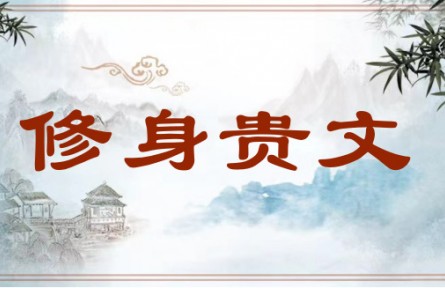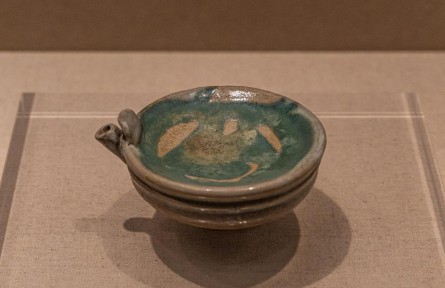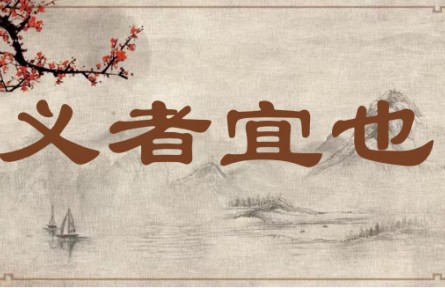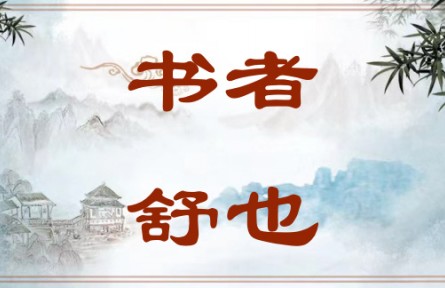四声八病
Four Tones and Eight Rhythmical Errors
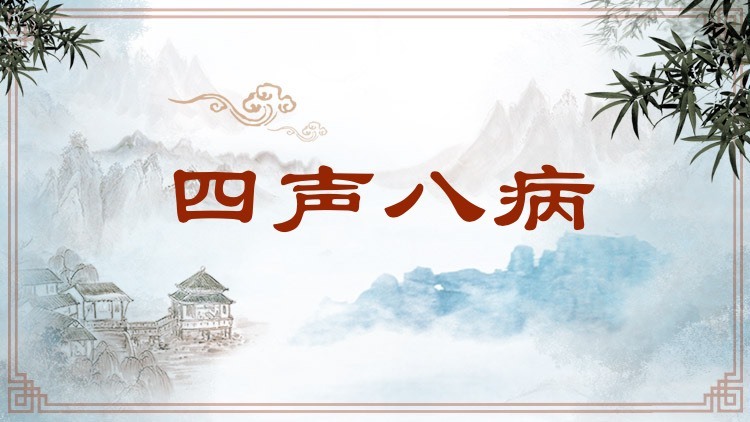
指平、上、去、入四声和八种声律弊病。自觉运用四声原理并避免八种声律弊病,是齐梁时期的文人从声律学角度提出的诗歌创作规范。上古时期的汉语声调,学界争议较大。至南朝齐梁时,周颙(yónɡ)、沈约(441—513)等人最先确定了汉语的四声,用平、上、去、入表示四种声调。沈约还提出用五音配合四声。此后文人创作诗歌积极运用四声,以使诗歌声情更加完美。沈约还发现四声运用不当就会出现平头、上尾、蜂腰、鹤膝等八种弊病,创作时应当尽量避免。“平头”是指五言诗的一联两句中,第一字与第六字、第二字与第七字,不能同声调,如果违反了此规则,就是犯平头。“上尾”是指五言诗一联两句中,第五字不得与第十字同声调。其他几种“病”也都是诸如此类的声韵问题。“四声八病”的提出,是汉语声律论的重大进步,但同时因为限制过多,在创作中实际很难把握。到唐代时,文人将“四声八病”说提炼为平仄律,将四声简化为平仄二声,化繁琐为简便,更易掌握,至此形成完美的近体诗诗歌格律。
This concept refers to the four tones (the level tone, falling-rising tone, falling tone, and checked tone) and the eight rhythmical errors. The conscious use of these tones and the avoidance of these errors were metrical norms for poetry creation proposed by the literati of the Qi and Liang reigns of the Southern Dynasties. Chinese tones in even earlier times remain controversial in academic circles. By the time of Qi and Liang, however, Zhou Yong, Shen Yue (441-513), and others for the first time defined the four tones of the Chinese language — the level tone, falling-rising tone, falling tone, and checked tone. In addition, Shen Yue proposed pairing the five sounds with the four tones. Thereafter, the literati have actively used them in their poetry to perfect the sound and mood. Shen also found that improper use of the four tones would lead to eight rhythmical errors, such as pingtou (平头 overlapping tones at the beginning), shangwei (上尾 repeated tones at the end), fengyao (蜂腰 the use of characters with the same tone which makes the poem resemble what he likened to a wasp's waist), and hexi (鹤膝 the use of characters with the same tone which makes the poem resemble a crane's knee). These errors in poetry should be avoided as much as possible. "Overlapping tones at the beginning" refers to the first and the sixth characters or the second and the seventh characters in two related lines in a five-character poem having overlapping tones. This was considered to have violated the rules. "Repeated tone at the end" refers to the fifth and the tenth characters in two related lines of a five-character poem having the same tone. Several other errors list similar rhythmical problems. The concept of four tones and eight rhythmical errors was a major advancement in the theory of Chinese phonology, but the concept was too restrictive to use in practice. In the Tang Dynasty, the literati refined the concept to form the theory of level and oblique tones, cutting the requirement of four tones to a requirement of two, making the composition of poems easier, thus greatly improving the rules and forms for the so-called modern-style classical poetry.
引例 Citation:
◎时盛为文章,吴兴沈约、陈郡谢朓(tiǎo)、琅邪王融以气类相推毂,汝南周颙善识声韵。约等文皆用宫商,将平上去入四声,以此制韵,有平头、上尾、蜂腰、鹤膝。五字之中,音韵悉异,两句之内,角徵不同,不可增减。世呼为“永明体”。(《南史·陆厥传》)
当时盛行创作诗文,吴兴沈约、陈郡谢朓、琅琊王融意气相投,彼此推许称赞,汝南周颙擅长分析声韵。沈约等人的诗文都运用宫商音律,并根据平上去入确定声韵,沈约还指出平头、上尾、蜂腰、鹤膝等弊病。一句诗中五个字的音韵各不相同,两句诗之内角徵的音律要有差异,规则不可增减。时人称他们创作的诗体叫“永明体”。
At that time, it was popular to compose poetry. Shen Yue from Wuxing Prefecture, Xie Tiao from Chen Prefecture, and Wang Rong from Langya Prefecture shared the same interest in poetry and admired each other. Zhou Yong from Runan Prefecture was a master of tones and rhythms. The poems of Shen Yue and others used the temperament of gong and shang and determined the metrical structure with the level tone, falling-rising tone, falling tone, and checked tone, while Shen Yue also pointed out the errors of overlapping tones at the beginning, repeating tones at the end, the use of characters with the same tone which makes the poem resemble a wasp waist, and the use of characters with the same tone which makes the poem resemble the knee of a crane. The rhymes of the five characters in a line of a poem are different, the rhythms for jue and zhi within two lines of a poem should vary, and the rules should not be altered. The people of the time called the style of poetry they created the Yongming Style. (The History of the Southern Dynasties)
推荐:教育部 国家语委
供稿:北京外国语大学 外语教学与研究出版社
责任编辑:钱耐安


